2 tabletop RPGs that explore the Filipino and Asian experience
Asia is home to many beautiful, diverse cultures, but strangely, it's a rarely tapped source of inspiration for fantasy tabletop role-playing game (RPG) developers.
Thankfully, more and more developers are exploring the less traveled roads. Case in point: Tobie Abad and Nathan Briones are RPG designers who have eschewed the well-worn medieval European setting to put a spotlight on the Filipino and Asian experience.
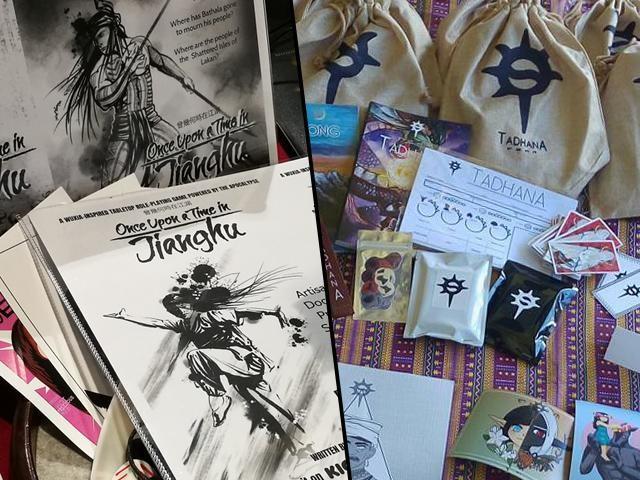
1. Once Upon a Time in Jianghu
“Once Upon a Time in Jianghu” is an Asia-centric RPG inspired by wuxia (a genre of fiction involving the heroic adventures of martial artists). The game is set in a fantasy realm known as “Sihai,” whose regions and cultures resemble Asia's. Players play Honorable Heroes whose deeds eventually free the world from the Yellow Emperor’s tyrannical rule.
Game designer Tobie Abad wanted a game that celebrated the diversity of the Asian experience. “There are so many facets of Asian culture that can be explored, and I wanted a game that could celebrate that variety,” he explained. “Too often, fantasy games have one playing European-centric heroes. I wanted to create a game that allowed more options.”
Players can choose which Nation or Fallen Nation their characters hail from. There are, however, no nationality-specific bonuses. This is to avoid creating unwanted generalizations or stereotypes.
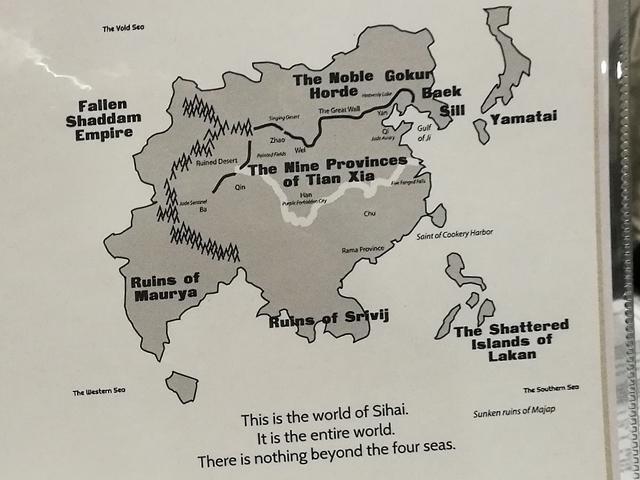
Players also pick factions to ally with. “Part of the wuxia staple is how heroes are part of groups and their status in them can affect how others treat them,” said Abad.
“Once Upon a Time in Jianghu” features five key classes, or Archetypes: Warrior, Artist, Doctor, Scholar, and Priest. Each Archetype has three key Traits, and “each key Trait has up to three levels of notability. Players can then create characters by mixing and matching Archetypes and Traits and their levels.”
The game sets itself apart from other RPGs in other ways.
“The game offers the group a lot of narrative flexibility,” said Abad. “Rather than focusing on the minutiae of an action, the game gives bonuses when Traits help (or penalize when they hinder) the attempt, and the final results can have physical or mental/emotional consequences. So even players not well-versed in martial arts can freely make up their own martial arts moves and feel awesome in this game. A punch, for example, can break a nose... or have one gain new respect for the attacker’s skill.”
“Once Upon a Time in Jianghu” doesn’t have a separate magic system. Instead, magic is the same as medicine, martial arts, and knowledge of lost lore.
“Ultimately, they are all ‘general categories of an advantage’ that a hero can capitalize on,” expounded Abad. “But narratively, players are able to personalize and define how their use of an advantage works. So one Hero might use a brush to leave floating ink seals to command spirits. Another, with the same stats, can describe their power as the power to dance and create geometric patterns that command nearby elementals.”
Abad is happy with how simple yet deep the game is, making it an ideal vehicle for gamers to tell their stories.
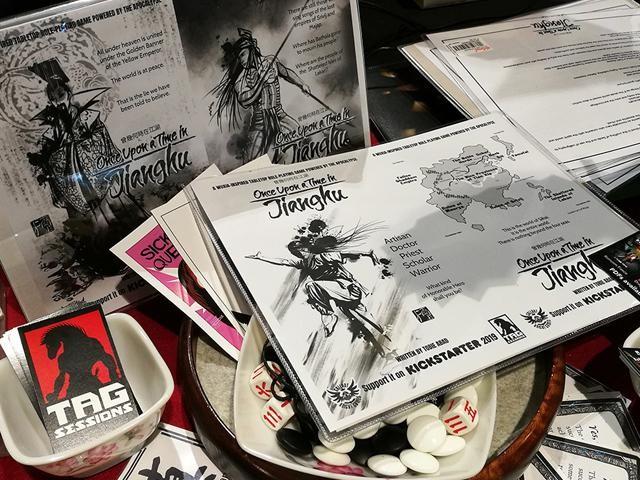
“Once Upon a Time in Jianghu” is powered by D. Vincent and Meguey Baker’s game system, Apocalypse World, which other people are free to use and remix however they want.
“Apocalypse World provided a fantastic skeleton to build this game on, but streamlining the ‘stat’ process and opening up the flexibility of how ‘damage’ affects a character have given this game a whole new experience I feel others will enjoy,” said Abad.
For more information on “Once Upon a Time in Jianghu,” visit the TAG Sessions Facebook page and blog.
2. Tadhana
Set in the fantasy world of Sekunda, “Tadhana” is an RPG inspired by Filipino myths, urban legends, and folklore. Our previous feature discusses its features in more detail.
A digital copy of “Tadhana” can now be purchased on international RPG download store DriveThruRPG. Also available on said store are official adventure modules, including some written by Abad. More will be released in the future.
“Most of these (modules) won’t be written by members of the (development) team,” explained “Tadhana” lead game designer and writer John Nathaniel Briones. “What we’re planning is to create a community of Overseers/writers and encourage them to submit their own campaigns. The team will be screening their works, and if they pass the evaluation process they can then publish them through DriveThruRPG as ‘Tadhana’ modules, and all the profits of their work will go to them.”
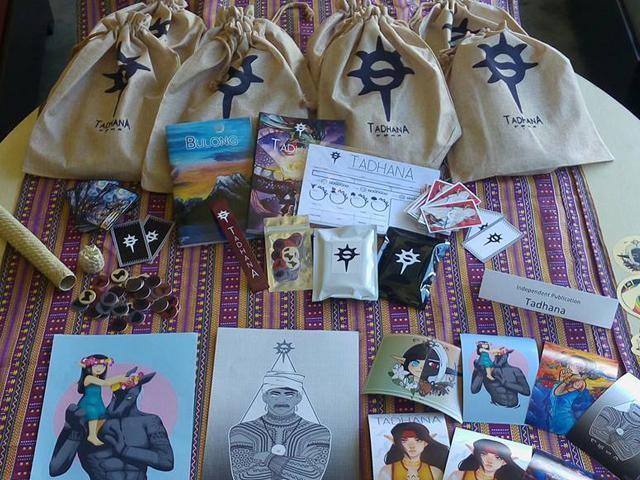
Briones and his Project Tadhana team have also been holding “Tadhana” game sessions; they hosted their largest so far in August. Additionally, they’ve been holding playtests for the upcoming “Tadhana” 2.0 – the game’s second edition which expands on existing content.
“The previous book won’t be invalidated and the core rules and mechanics of the game will mostly stay the same. There will be some changes in the combat system and the magic creation system of ‘Tadhana’ but no major changes are going to be implemented,” Briones clarified.
The second edition will also introduce new Lahi (races), Professions, and more advanced scenarios.
“‘Tadhana’ players can finally expand their games to higher and more dangerous levels,” said Briones. “Customization will become more prominent and Profession combinations will become the most empowering aspect of character progression.”
Project Tadhana hopes to release the second edition, as well as a guide book and bestiary meant to help Overseers craft their own adventures, in Q4 2019. “Tadhana” lore will be uploaded periodically on the team’s social media pages, either as freely downloadable short stories or novellas.
In addition, Briones is working on a “Tadhana” spin-off board game tentatively called “Tayog” (Tagalog for altitude or height). Lore-wise, “Tayog” is the national pastime of the birdlike Garuda, one of the playable Lahi in “Tadhana.”
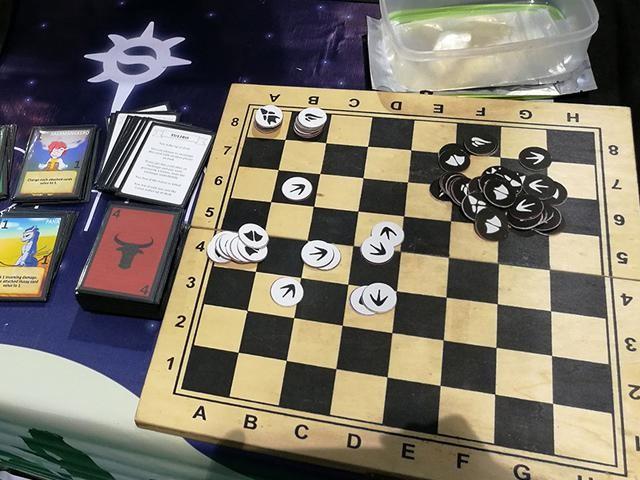
“Being a game played by the haughty and intellectual Garuda, the board game is very abstract and strategic; it also has some elements similar to real life chess,” said Briones. “Since the game is a representation of the Sabong Wars in the Garuda’s history, it features pieces that refer to the class structure that the Garuda people had during that period namely: the Manok as peasants, the Bibi as merchants, the Lawin as warriors, and the Agila as the leaders. Each of the pieces has its own moves and the game features three-dimensional gameplay, meaning both horizontal and vertical positioning are important.”
While Briones created “Tayog” for fun, it has been well-received by his peers. It is now being considered for publication.
For more information on “Tadhana,” visit its official DriveThruRPG page and Facebook page.
— LA, GMA News



